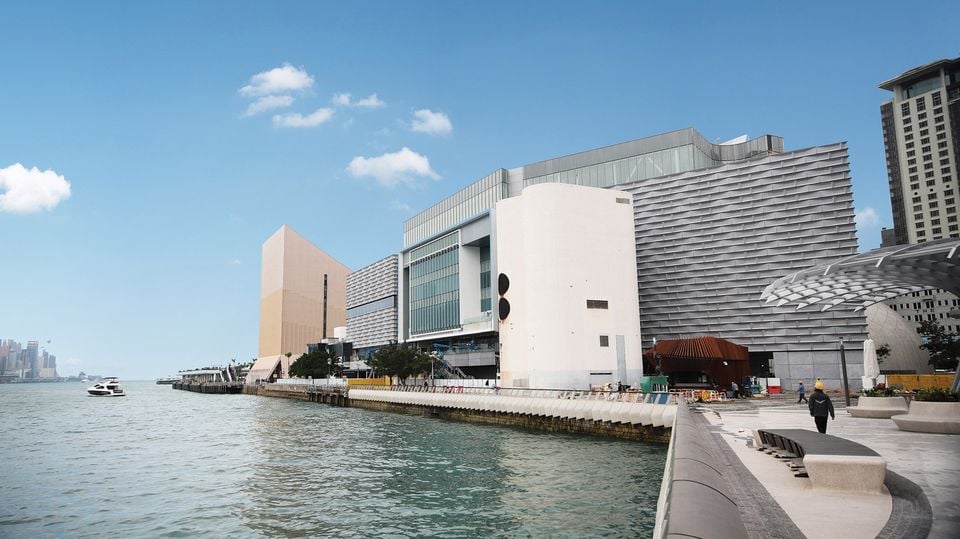
Museums in Hong Kong are closed—again. After the city sought to reintroduce normal activity, a wave of new coronavirus cases hit, largely due to returning travelers. The reversal offers a cautionary tale to countries around the world that are eager to ease restrictions on social distancing practices and get business moving back on pace.
Until recently, Hong Kong had been a shining example of how a country might successfully keep the novel coronavirus pandemic contained. Despite being a part of China, where the COVID-19 outbreak originated, Hong Kong implemented preventative measures that flattened the curve, preventing the rampant spread of the virus.
Those measures included shutting down government-run museums in late January. Other institutions in the city followed suit (save for the sparsely visited Hong Kong Maritime Museum). By March, those measures were being adopted in countries outside Asia, including the US and much of Europe.
At the same time, Hong Kong, lulled into a false sense of security, was letting up its guard. Convinced that the worst of the threat had passed, museums gradually began reopening earlier this month.
Then a second wave of the pandemic hit. Between March 16 and March 23, identified cases of the disease in Hong Kong doubled from 157 to 317. Most of those new cases are of international origin, as residents return from Europe or North America
As a result, social distancing measures are back in full effect, with the government abruptly shuttering institutions such as as the Hong Kong Museum of Art—which reopened on March 11—once again. The West Kowloon Cultural District is also closing the M+ Pavilion.
Singapore, too, has seen a dramatic uptick in new cases in recent days after appearing to have the outbreak under control. Two museums have closed temporarily after staff members tested positive for the virus.
The news of coronavirus resurgences serves as a warning of what may be in store for other countries in the world where the initial number of infections is still rising, and experts are already concerned that a second wave may hit even harder than the first. As a result, museums and other places of public gathering may do well to remain closed even after the threat of infectious disease appears to have waned.